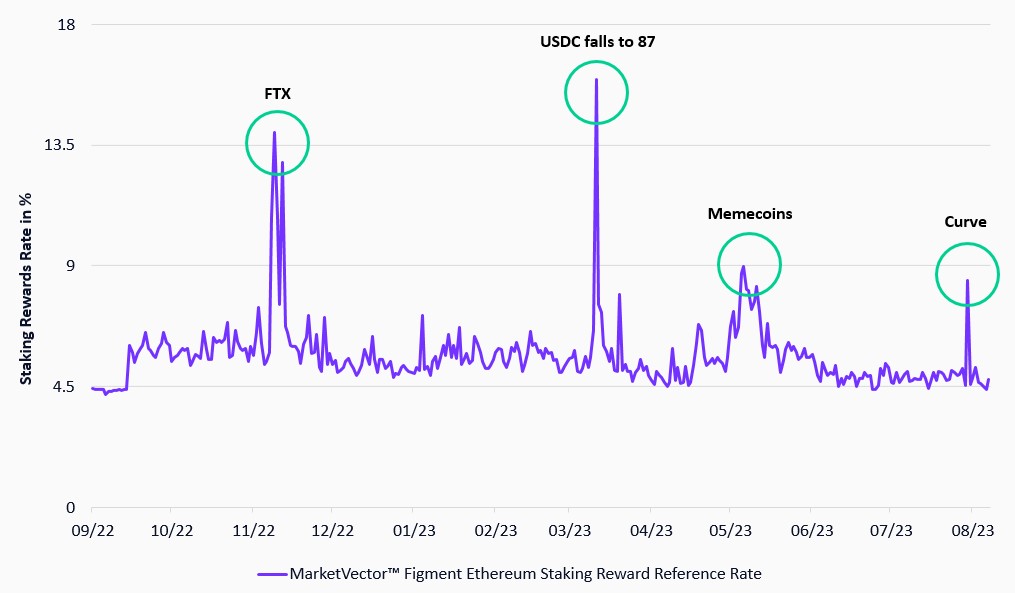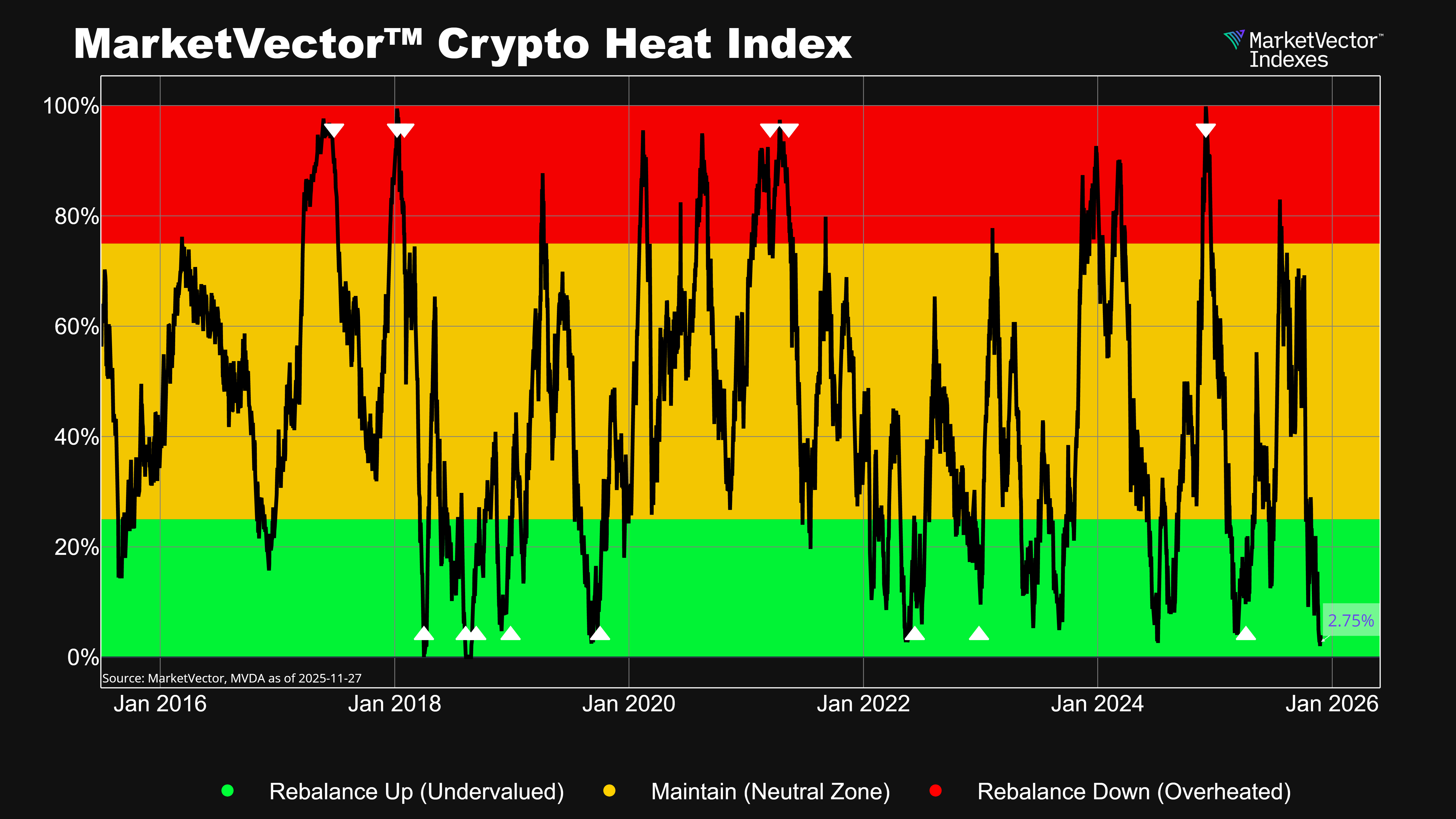Ethereum, the powerhouse of decentralized finance, never fails to keep its enthusiasts on their toes. With its dynamic rewards system and intricate staking mechanisms, it's an ever-evolving landscape that demands attention. A recent development - the Curve Finance exploit - has thrown the crypto space into a tizzy. How has it impacted the Ethereum chain, and more importantly, how can one spot its effects?
Understanding Ethereum's Pulse
For those entrenched in the crypto realm, understanding Ethereum's reward system is paramount. The MarketVectorTM Figment Ethereum Staking Rewards Reference Rate serves as a tool in this respect, acting as Ethereum's pulse-check. At its essence, this Reference Rate captures the entirety of on-chain activities, accounting for rewards on both the consensus and execution layer and any penalties from slashing.
The dynamics of staking rewards are driven by:
- Emissions
- Transaction fees.
With the influx of validators, there's a natural dilution in individual rewards. It’s akin to a slowly deflating balloon.
However, transaction fees introduce a wildcard. High on-chain activity results in a scramble, with everyone vying to prioritize their transactions, thereby pushing transaction fees to climb. The direct beneficiaries? The validators, raking in increased tips.
MEV: The Double-Edged Sword
Maximum Extractable Value (MEV) stems from transaction manipulations within blocks. While it can be beneficial in instances like liquidations, it can also manifest detrimentally, manifesting as front running or sandwich attacks.
The impact of this was glaringly evident during the FTX frenzy when a sharp spike emerged due to the massive transfers of crypto assets. Such spikes aren't confined to ether; the ripple effect is felt across the Ethereum ecosystem, even impacting the much-hyped NFT transactions.
Then came the meteoric rise of meme coins like Pepe, and incidents like USDC's drop due to Silicon Valley Bank exposures. These events lead to significant upticks in the staking rate, even if Ethereum's price remains unaffected.
Managing Volatility: The Way Forward
Amidst such unpredictability, how can one navigate these choppy waters? The answer might lie in derivatives. Our benchmark offers a promising foundation for these new-age financial tools. Engaging in strategies like risk transfer or employing swaps can offer a buffer against these abrupt fluctuations. For those apprehensive about unforeseen costs - say, from an unexpected NFT boom or market tumult - a fixed-for-floating swap emerges as a strategy.
Zooming into the Curve Finance Exploit
July 30 stands out as a red-letter day, with validators amassing ~6K ETH or approximately $11M from MEV, marking it as the pinnacle of MEV profitability. Contrary to popular belief, this wasn't accompanied by exorbitant gas fees or a spike in Ethereum transactions.
A significant chunk of MEV operations is channeled through MEV-Boost, which serves as a conduit, enabling validators to procure blocks from builders. As of the latest data, MEV-Boost dominates with a slot share of a whopping 92%.
In Conclusion
For those keen to stay attuned to Ethereum's pulse and navigate its intricacies, our index offers a treasure trove of insights. The crypto realm is rife with developments, and staying informed is the key to thriving.
Keep exploring, keep questioning, and let the Ethereum journey continue.
MarketVectorTM Figment Ethereum Staking Reward Reference Rate
8/8/2022-8/8/2023

Source: MarketVector IndexesTM. Data as of August 8, 2023.
Get the latest news & insights from MarketVector
Get the newsletterRelated:




